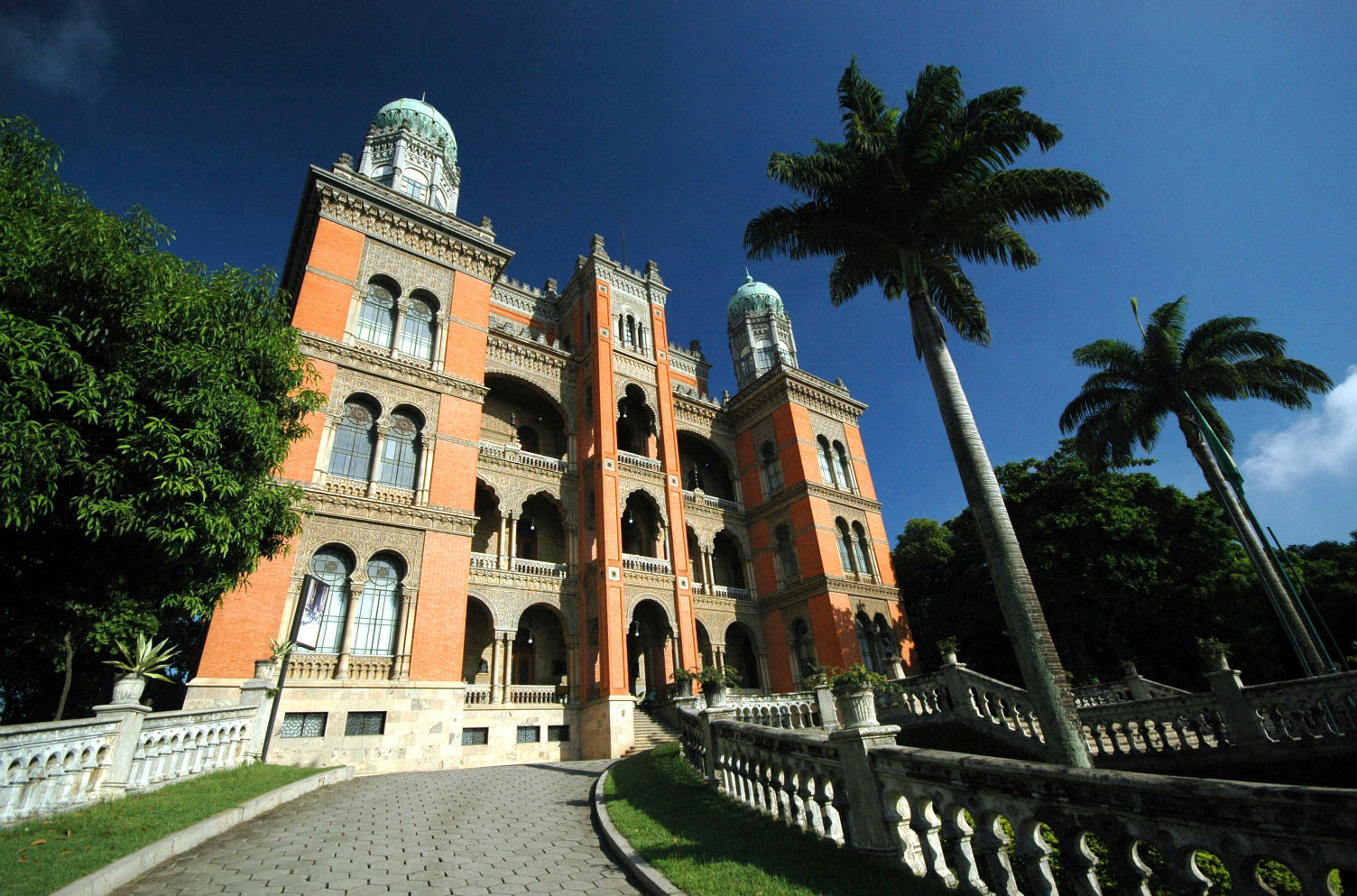RIO DE JANEIRO, BRAZIL – The Oswaldo Cruz Foundation (Fiocruz) is alerting to a potential second wave of Covid-19 in the states of Rio de Janeiro, Ceará, and Maranhão.
This probability is reported in a bulletin released on Thursday, July 30th, by Infogripe, the system monitoring the occurrence of the severe acute respiratory syndrome (SARS) in the country.
A peak of cases was recorded in these three states in the first half of May. In June, there were consecutive declines, but by late July, according to estimates, the curve had risen again – albeit to a level well below that of two months earlier.

On Wednesday, July 2th, Rio de Janeiro’s State Health Secretary Alex Bousquet had announced his intention to close all field hospitals under state management by July 12th. Bousquet’s argument was “a reliable drop” in cases.
A court ruling now prevents the demobilization, but the state has announced an appeal.
“Our argument will be technical. We peaked in the first two weeks of May and from then on we have a downward curve that has proven reliable,” Bousquet argued.
Brazil on a ‘plateau’
The projection for the whole of Brazil, according to Infogripe’s researcher and coordinator Marcelo Gomes, “suggests that we are not in an easy situation.”
“We have an estimate that the number of new weekly cases may be above the first peak, recorded in May,” Gomes said.
The curve in Brazil is different from Rio de Janeiro. Rather than a peak and an ensuing drop – with a sign of resumption in growth – there is a plateau fluctuation, with a rising trend.
How Infogripe works
Not all SARS is Covid-19, despite the common symptoms. But in this pandemic, Gomes explained, the syndrome “is highly linked” to the novel coronavirus.
Fiocruz records SARS nationwide and draws projections based on the curve’s behavior – offsetting the lack of up-to-date data.
According to Fiocruz, knowing when a patient began to feel the symptoms is crucial. “But there is a very long delay in entering the data,” the researcher said. This delay complicates more accurate analyses, Gomes explains.
“That’s why it diverges. If we look only at the data entered yesterday, our ability to analyze the current situation will be extremely limited. The data will only be closer to what effectively occurred several weeks later”, he detailed.
Gomes mentioned the example of epidemiological week 17, equivalent to April 25th.
- According to data entered up to April 25th, 951 people began having SARS that week.
- In the partial week of May 9th (week 19), there were 1,535 patients with SARS in week 17.
- On May 23rd (week 21), this number rose to 2,125.
- And in the data for July 25th (week 30), the total number of patients was 2,968.
That is, the number of SARS patients according to that week’s bulletin was one-third of the real figure – observed three months later. But by week 17, InfoGripe estimated 2,302 cases.
“This same statistical model is now pointing out that we are indeed in a growth resumption stage. Despite the error margin, we are either stabilizing or resuming,” Gomes said.
“We had a 60 percent reduction in Rio de Janeiro, a sustained decline, but the most recent data suggest this resumption. Starting the ‘U’ shape, the indication of a second wave”, he explained.
Source: G1

